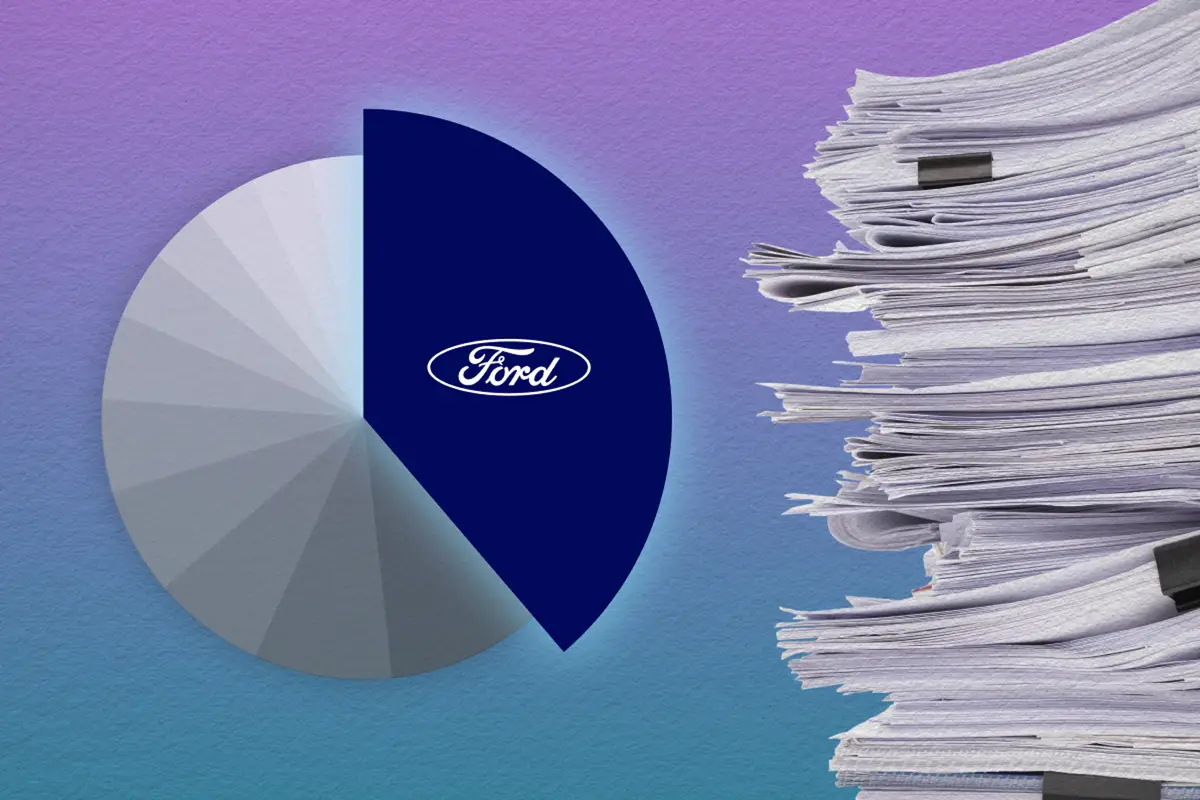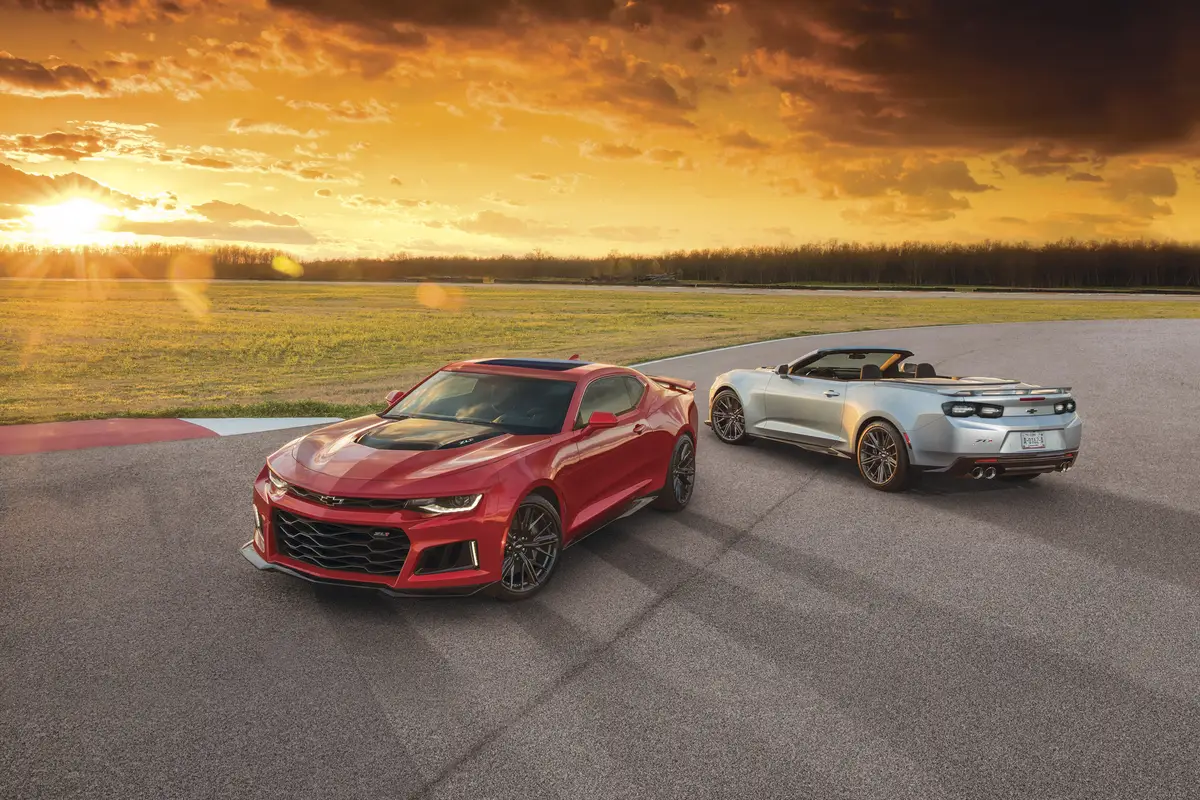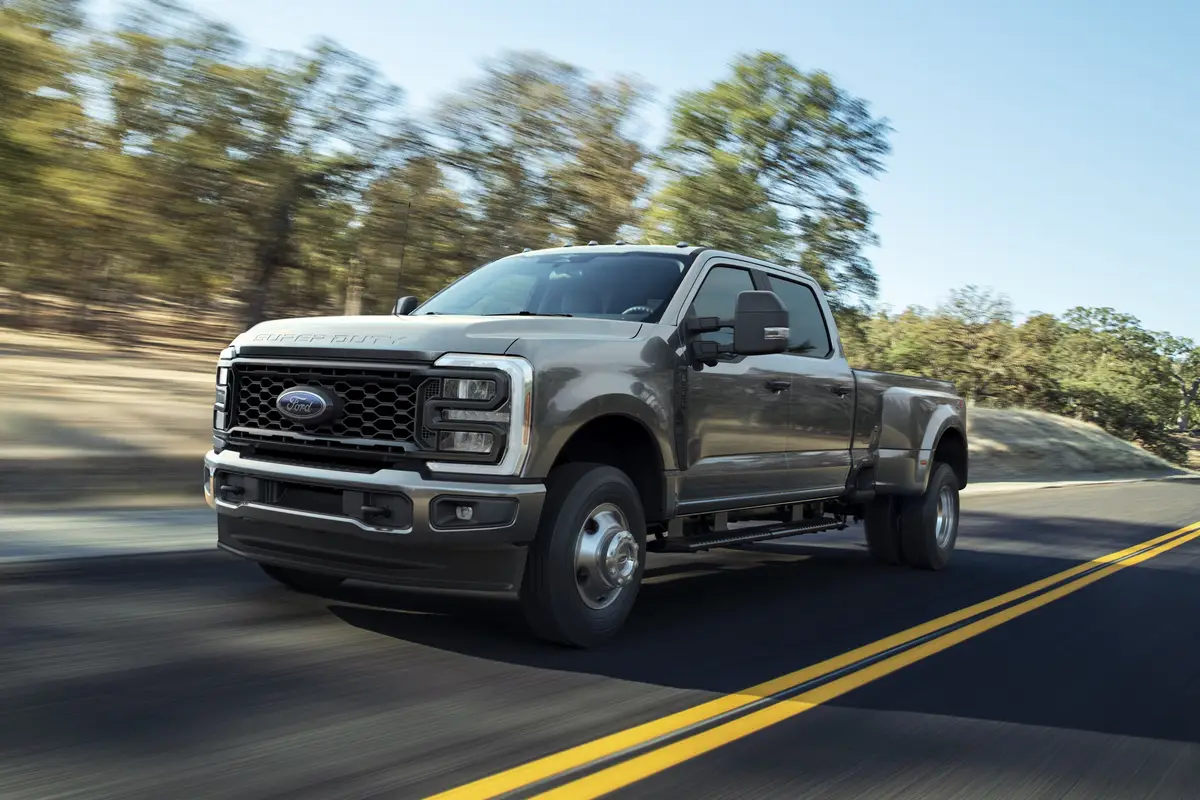The Detroit News's view
SCOTTSDALE, Ariz. — While many people his age are drinking chocolate martinis and driving BMWs, 34-year-old Rick Edwards of Venice Beach, Calif., is on a less-traveled path.
His favorite drink is scotch. In fact, his job title is “Johnny Walker ambassador.” He dresses up in a kilt and sash for work and goes around the country giving seminars on the benefits of drinking what is sometimes seen as grandpa’s favorite beverage. And Edwards drives a Cadillac — another brand buffeted in recent years by image problems among younger buyers.
So it came as little surprise that the man with the designer jeans, Gucci leather cuff watch and longish curly hair practically vaulted into the open cockpit of the ruby red 2004 Cadillac XLR luxury roadster parked in front of the ritzy Phoenician resort here.
“Break on through, baby!” Edwards hollered with a kind of Braveheart-style war whoop, pounding on the eucalyptus wood steering wheel and bouncing in the perforated leather seat.
“This is a new generation. This is not grandpa’s Cadillac.”
This most-expensive, most technology-laden Cadillac ever will hit showrooms at the end of the summer with a $76,200 price tag, including an $815 destination charge. It goes head-to-head with some of the toughest competition in the industry, including the Mercedes-Benz SL500, the Lexus SC 430 and the Jaguar XK8. Wisely, Cadillac decided to make everything but a $325 XM satellite radio standard on the XLR.
Exclusivity and image are the main points with this newest addition to Cadillac’s Renaissance-inducing lineup. XLR is aimed primarily at men who make $250,000-plus a year. It will be the third or fourth vehicle in a family fleet. The XLR is also the first vehicle in GM history that will be entirely shrink-wrapped before it’s shipped from the factory in a covered truck to safeguard it from stone chips and other damage. No more than 5,000 XLRs will be built at GM’s Bowling Green, Ky. plant — also home to the Chevrolet Corvette. And yes, the XLR derives its underpinnings from that all-American sports car.
Sitting in the XLR’s passenger seat, I pointed out to Edwards some of the rear-wheel-drive two-seater’s endearing features: A push button start, a retractable hardtop that lowers in 29 seconds, heated-and-cooled seats, Bulgari gauges, eight-way leather seats, and nine Bose stereo speakers, including one near the driver’s headrest.
And I repeated what Cadillac general manager Mark LaNeve said when asked to put the XLR in perspective.
“We want a more physically imposing presence in our products,” LaNeve said. “We want products that are unafraid to lead in the marketplace. We want to be bigger, bolder and better — at price points below the German competition.”
Enough of that. Edwards just wanted to drive. He had two immediate gripes: The seat belt was hard to reach and the XLR’s deep cockpit and high beltline made him feel a bit claustrophobic. Plus, he couldn’t drive with his arm hanging out the window.
“As we say at Gold’s Gym,” Edwards said, “it’s not the car you drive, it’s the size of the arm hanging out the window.”
I wanted a man’s input because I was having some mixed feelings about my drive in the XLR earlier that afternoon. In some ways, the roadster was female-unfriendly. There’s plenty of impressive technology, including magnetic ride control (which automatically smooths the ride on harsh surfaces), GM’s first use of radar-based adaptive cruise control, XM satellite radio and an advanced DVD navigation/entertainment system that responds with a list of restaurants if you simply say “I am hungry.”
But the XLR lacks adjustable pedals — a feature that will be standard equipment on more mundane products like next year’s $20,000 Chevrolet Malibu Maxx. Engineers say they couldn’t fit the pedals into the XLR package. I was also irked by a dead-pedal that’s too far to reach for short drivers and the lack of a place to stash a purse. And the steering felt a little heavy.
Male and female drivers will be disappointed with a head-up display that projects your speed in a digital display on the front windshield, but washes out in bright sunlight. And I’m not convinced about the wisdom of eliminating door handles on the XLR’s exterior. Instead, you stick your hand in a kind of creepy deep opening and press a touchpad. My year-old dishwasher has a touchpad and it’s already been replaced — I guess I’m a traditionalist.
On the other hand, you can make a strong argument that the XLR will have a powerful attraction to women. The exterior looks as chiseled as George Clooney’s face, with sharply breaking fenders and sides that are faceted to make the vehicle look like a very large gemstone.
My question to Edwards, the macho Johnny Walker ambassador, was the same one I had posed earlier to Dave Leone, XLR’s chief engineer — “Is this a chick Corvette?”
Leone’s response: “No. The XLR is a luxury car with performance roots. It’s not an all-out sports car like Corvette. XLR is quieter, smoother, shorter, heavier and has far more equipment.”
Edwards surveyed the cushy cabin, with its shale and medium dark neutral color scheme and fingerprint-resistant aluminum trim. He ran a hand along the minimalist door, which has no handle on the inside either, only a tiny electronic touchpad.
“It does not look like a chick Corvette,” he said. “It looks more like a Mercedes-Benz CLK.”
Then he floored the 4.6-liter Northstar V-8 that makes 320 horsepower and 310 pounds-feet of torque. The XLR doesn’t come with a manual transmission. It’s mated to a 5-speed automatic with a tap shift control for clutchless shifting. Cadillac says it will do 0-to-60 in 5.8 seconds. The XLR gets an estimated 17 miles per gallon in city driving and 25 mpg on the highway.
As we shot along Camelback Road, I was grateful that the XLR’s speed is limited to 155 miles an hour. I was also glad it came equipped with standard anti-lock brakes and four air bags, including side bags that protect the head and thorax. And, like the armored Cadillac DeVille, the XLR has all-season, run-flat tires that you can drive on for 125 miles at 55 miles an hour before you have to change them — the happy result of the engineers having no place for a spare.
After 20 minutes in the XLR, Edwards summed up his impressions.
“The reality is better than the fantasy,” he said. “I’m fired up about the XLR. It’s right up there with a Mercedes.”
It’s crazy to pick up complete strangers in unfamiliar cities and ask them to help on a test drive. That was the lecture I got from the line of men waiting for me in the front driveway of the Phoe nician. “We were worried about you,” they said. “What took you so long? Something could have happened.
“Is it our turn now?”
I moved over to make room for Tom Pennell, 35, a Scottsdale resident who owns a BMW M3. Halfway down Camelback Road, Pennell turned to me with a grin.
“Cadillac definitely will appeal to a different, younger crowd with this car,” he said. “I used to think of Cadillac as ‘grandpa’s car,’ but not anymore. This is a wonderful toy. I can see me aspiring to own this.”
Latest news



